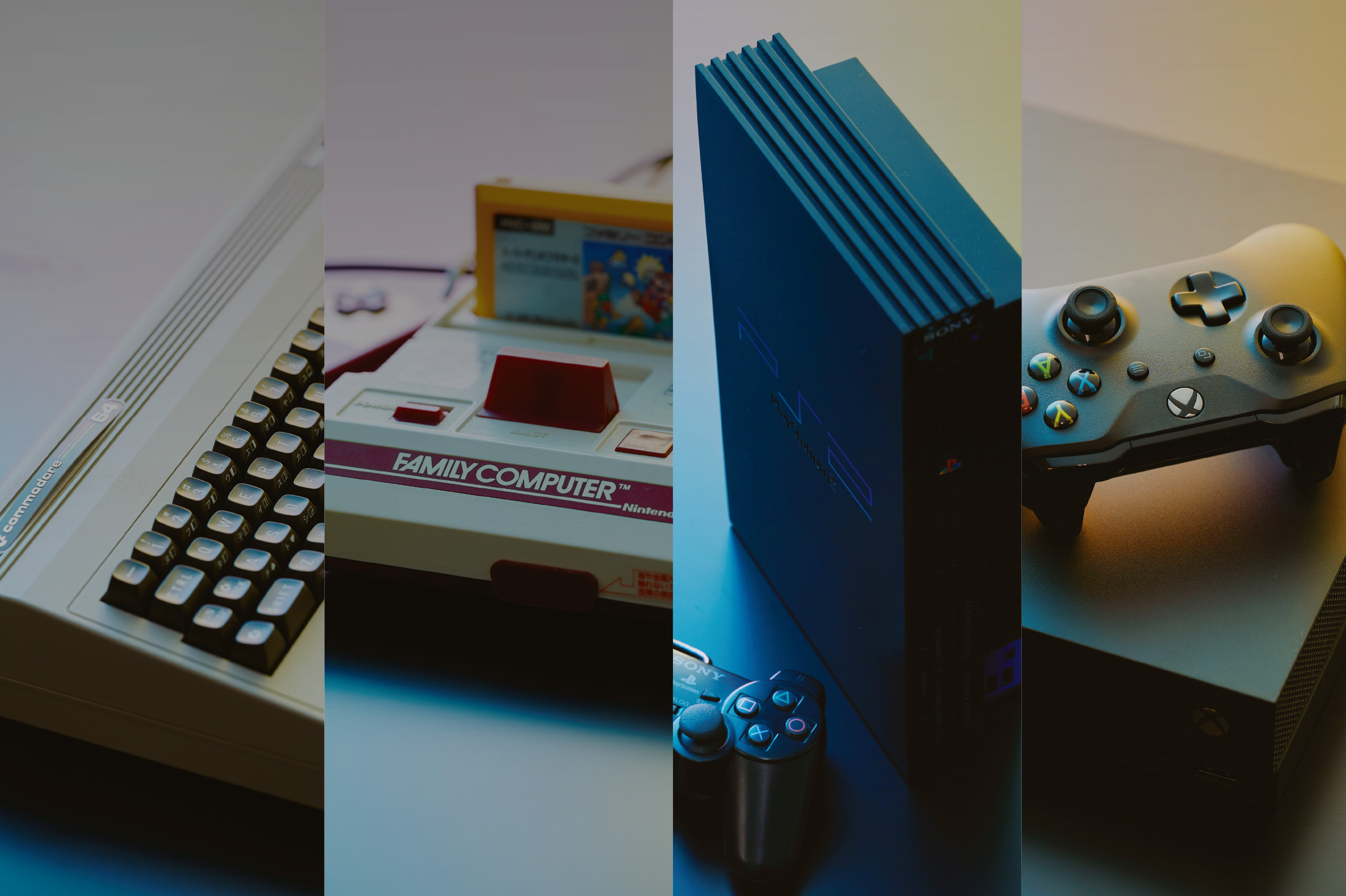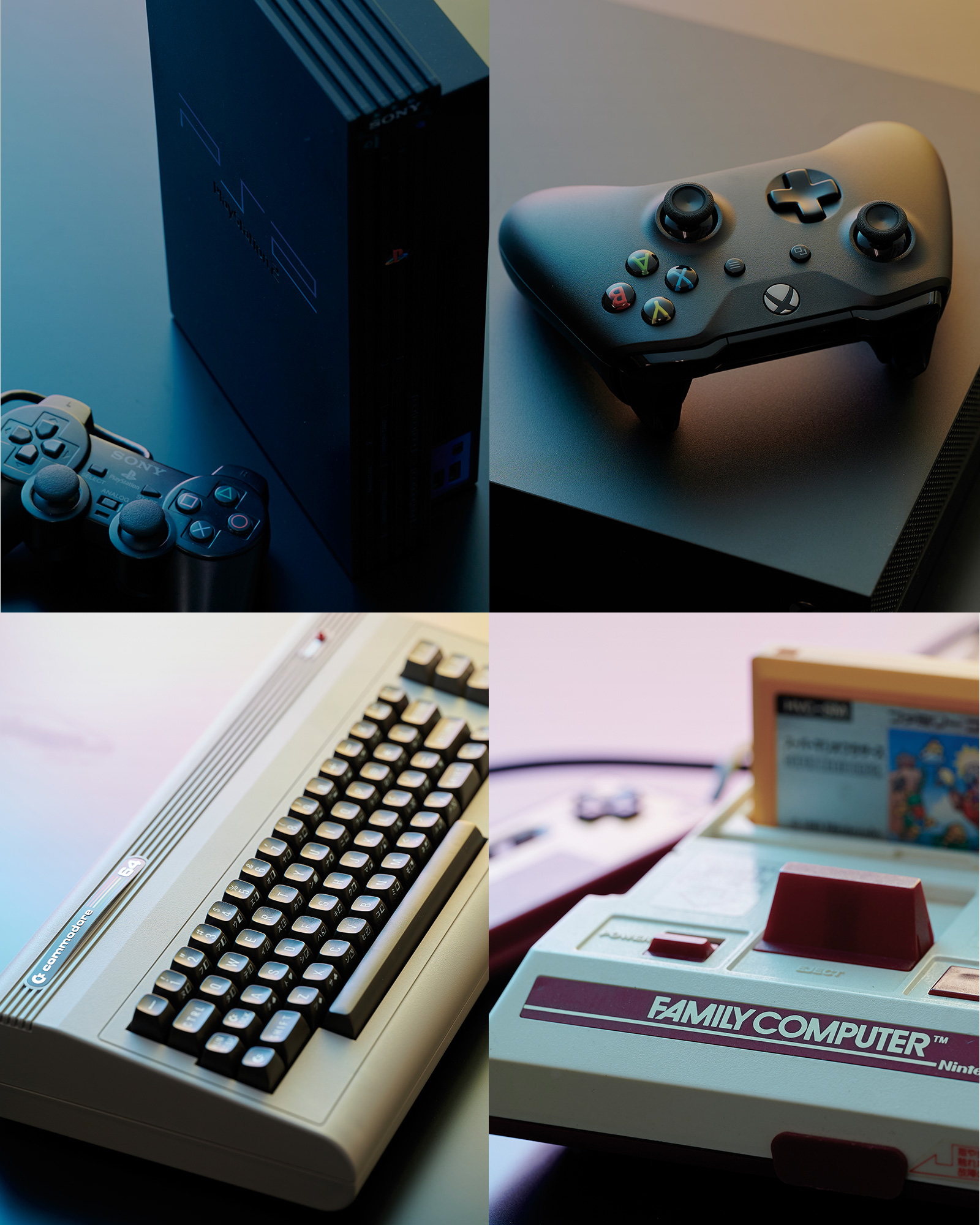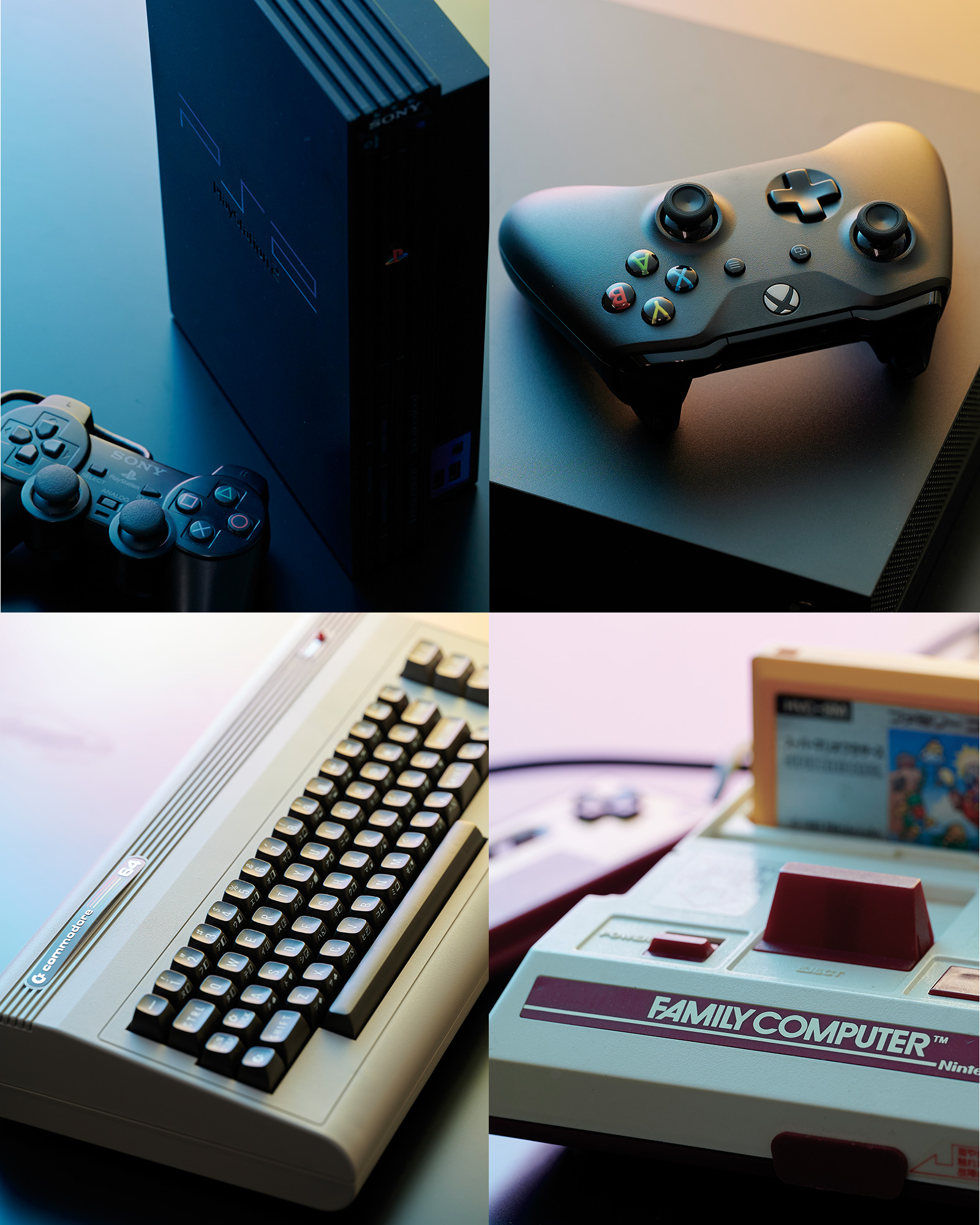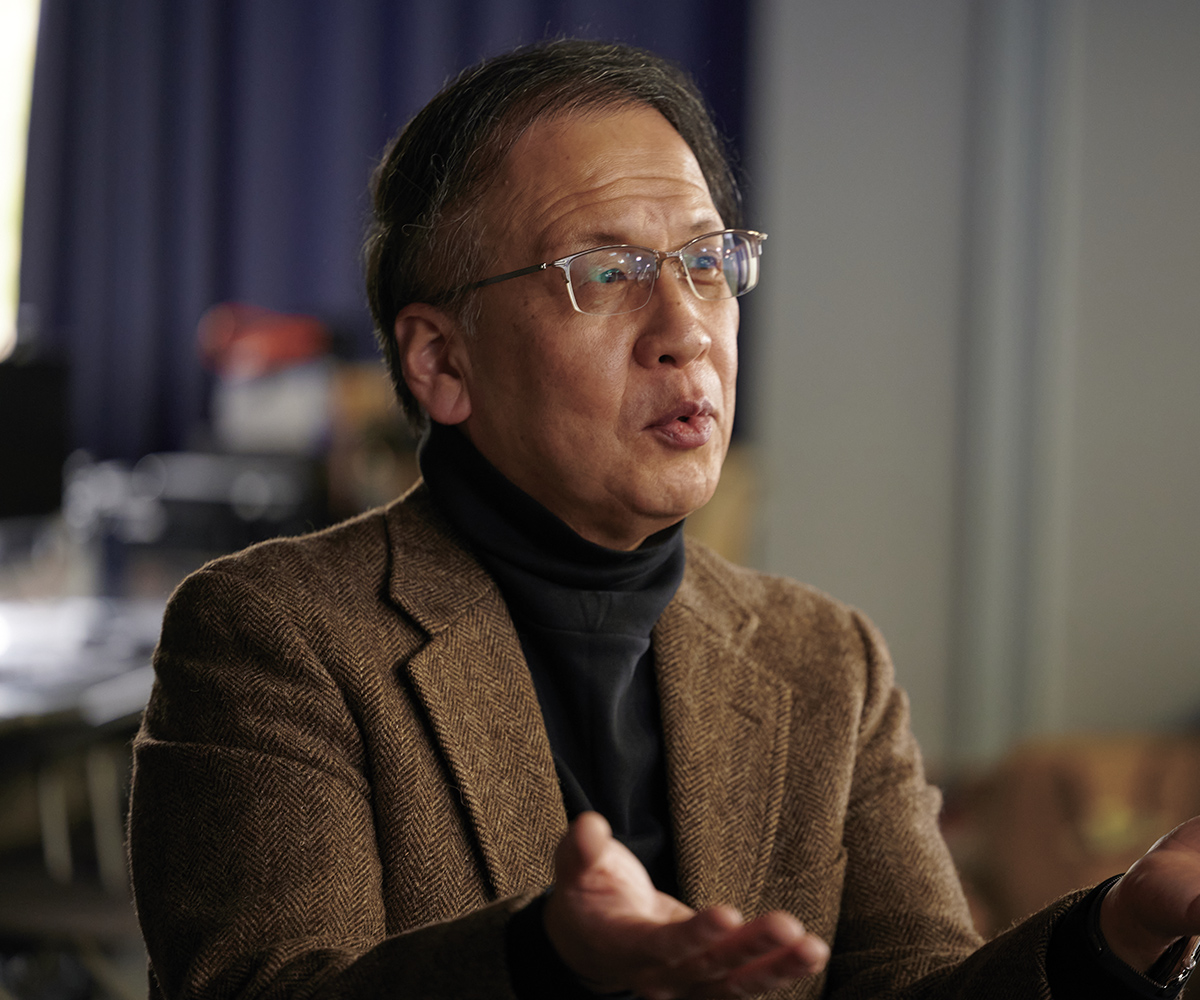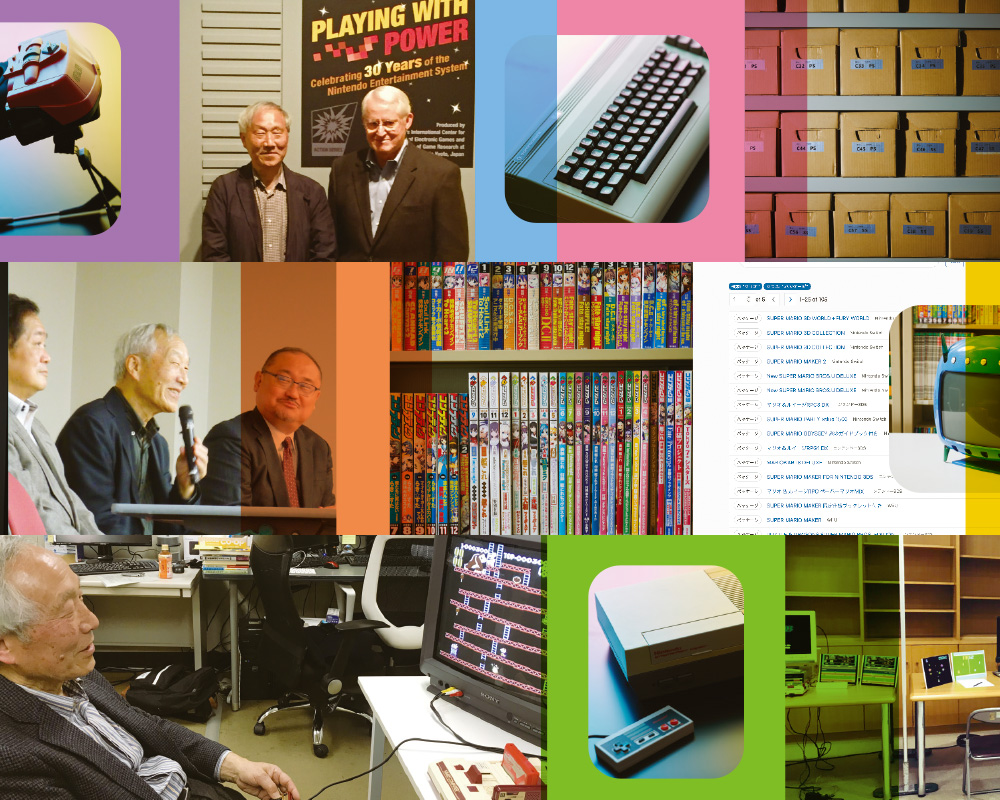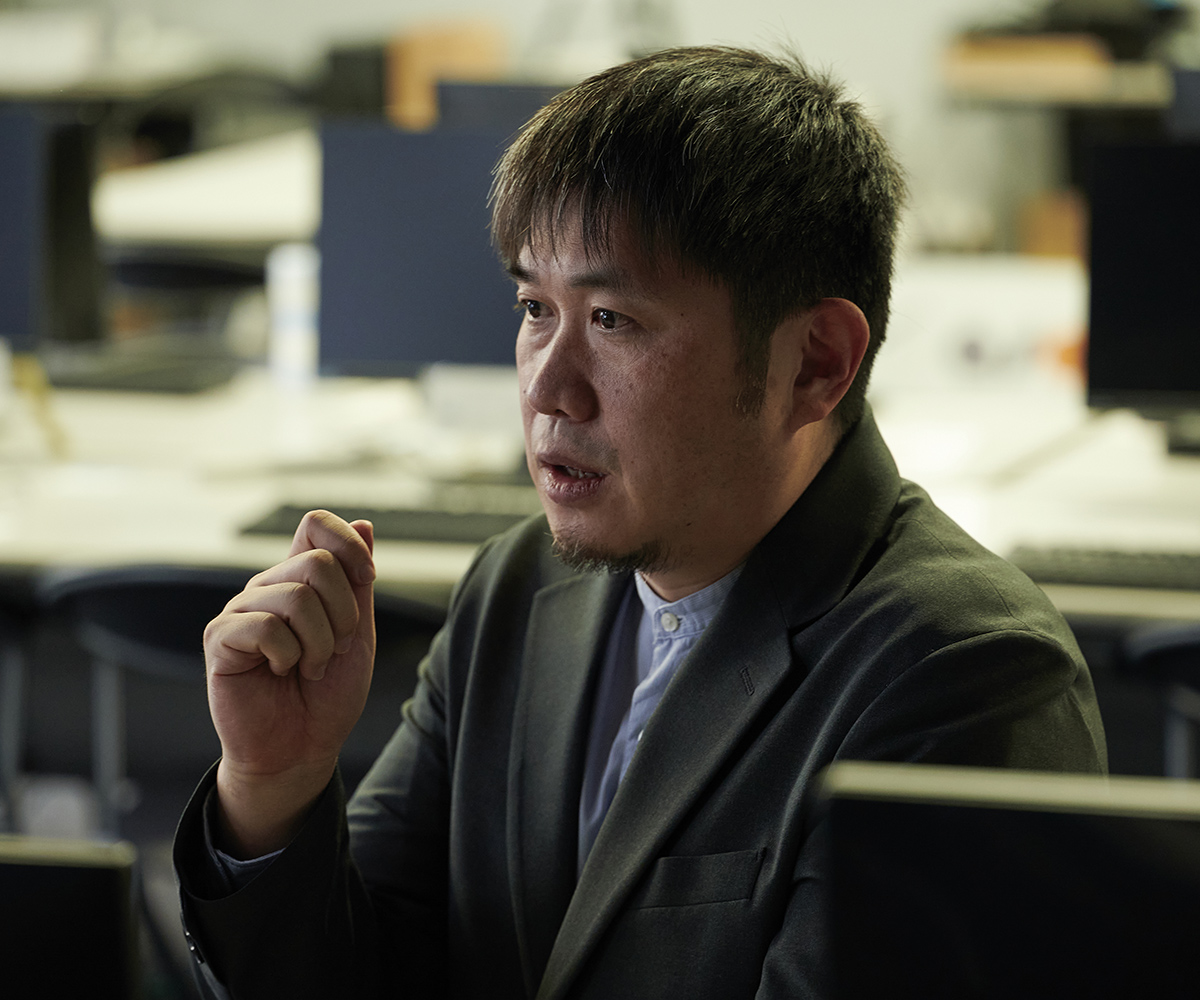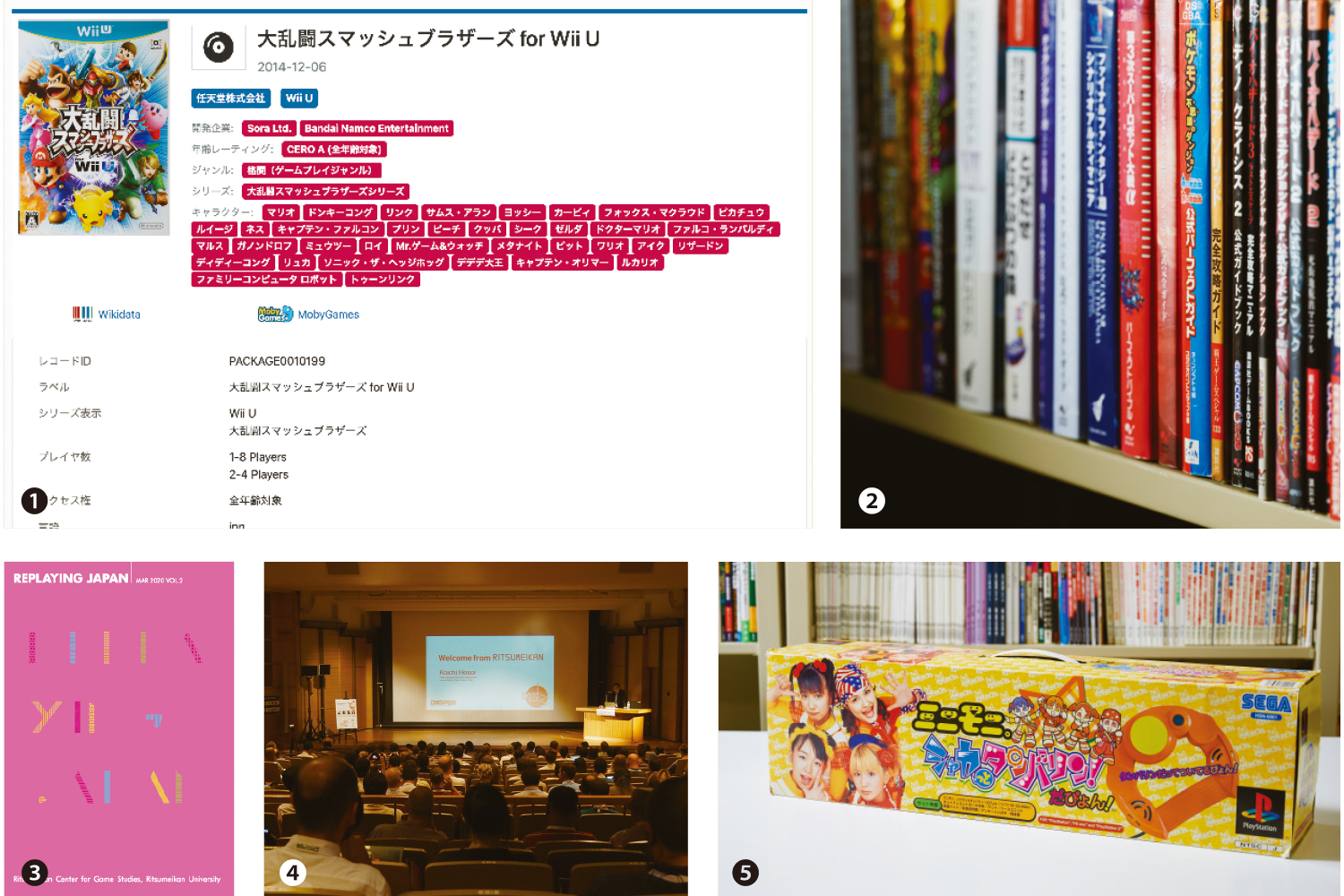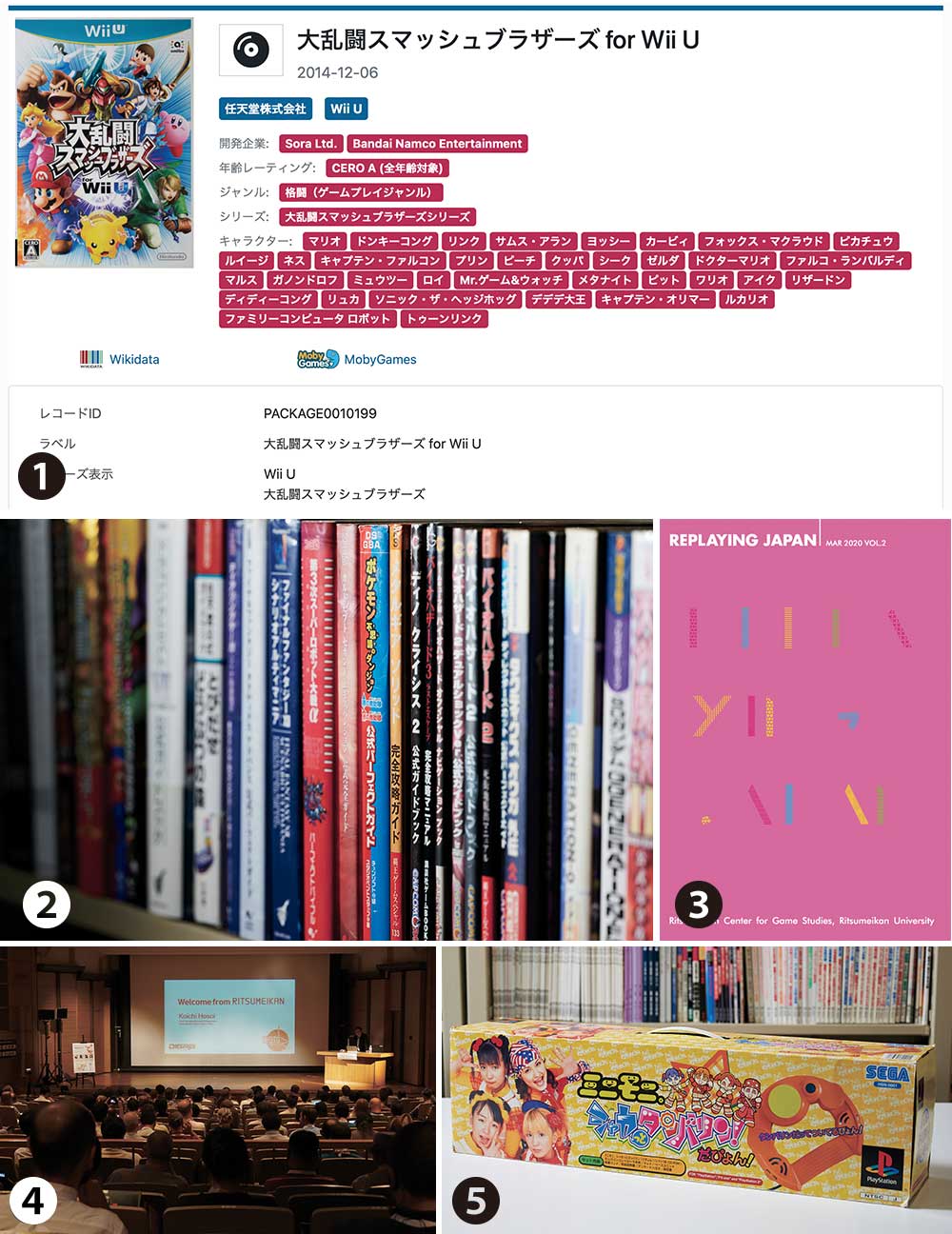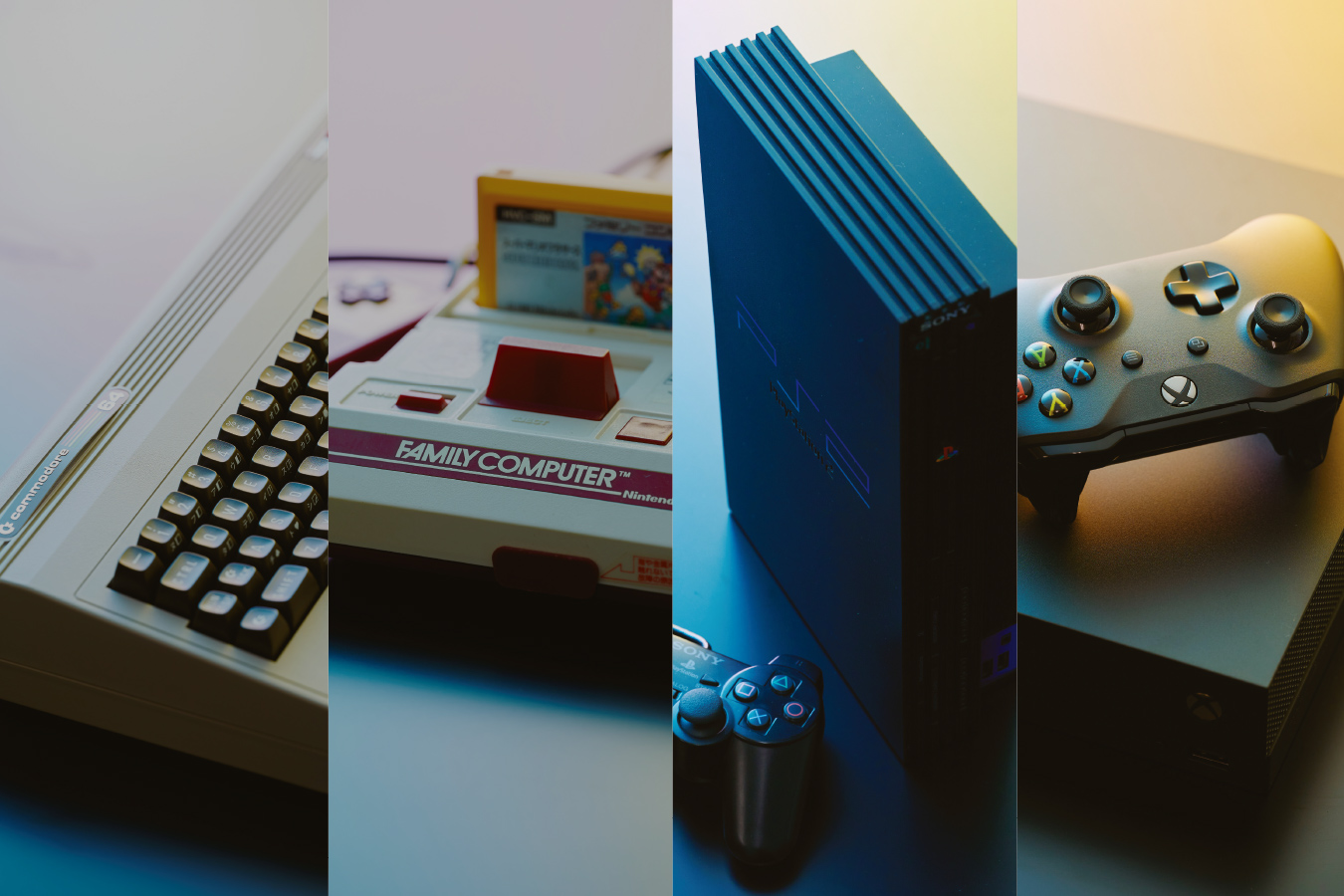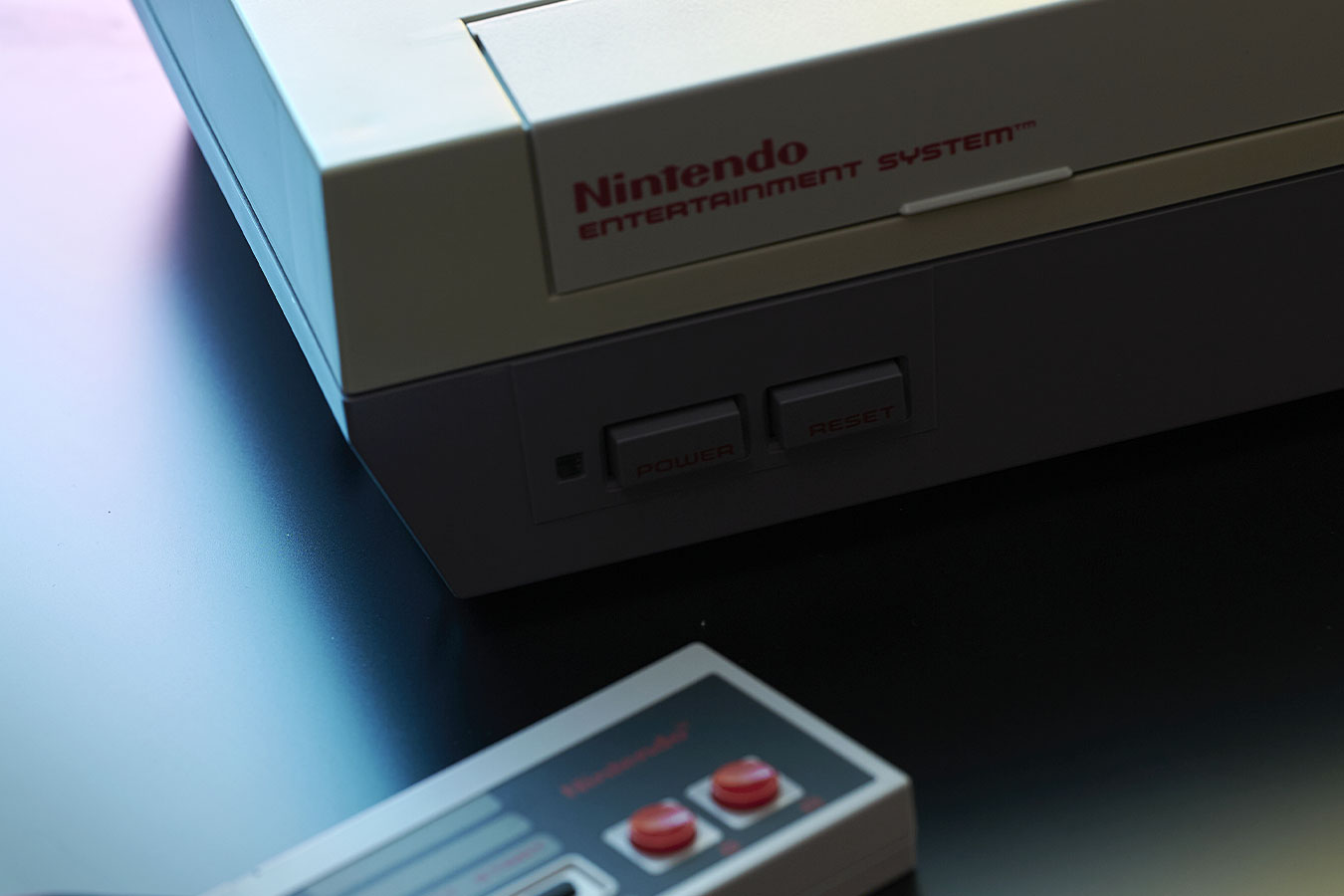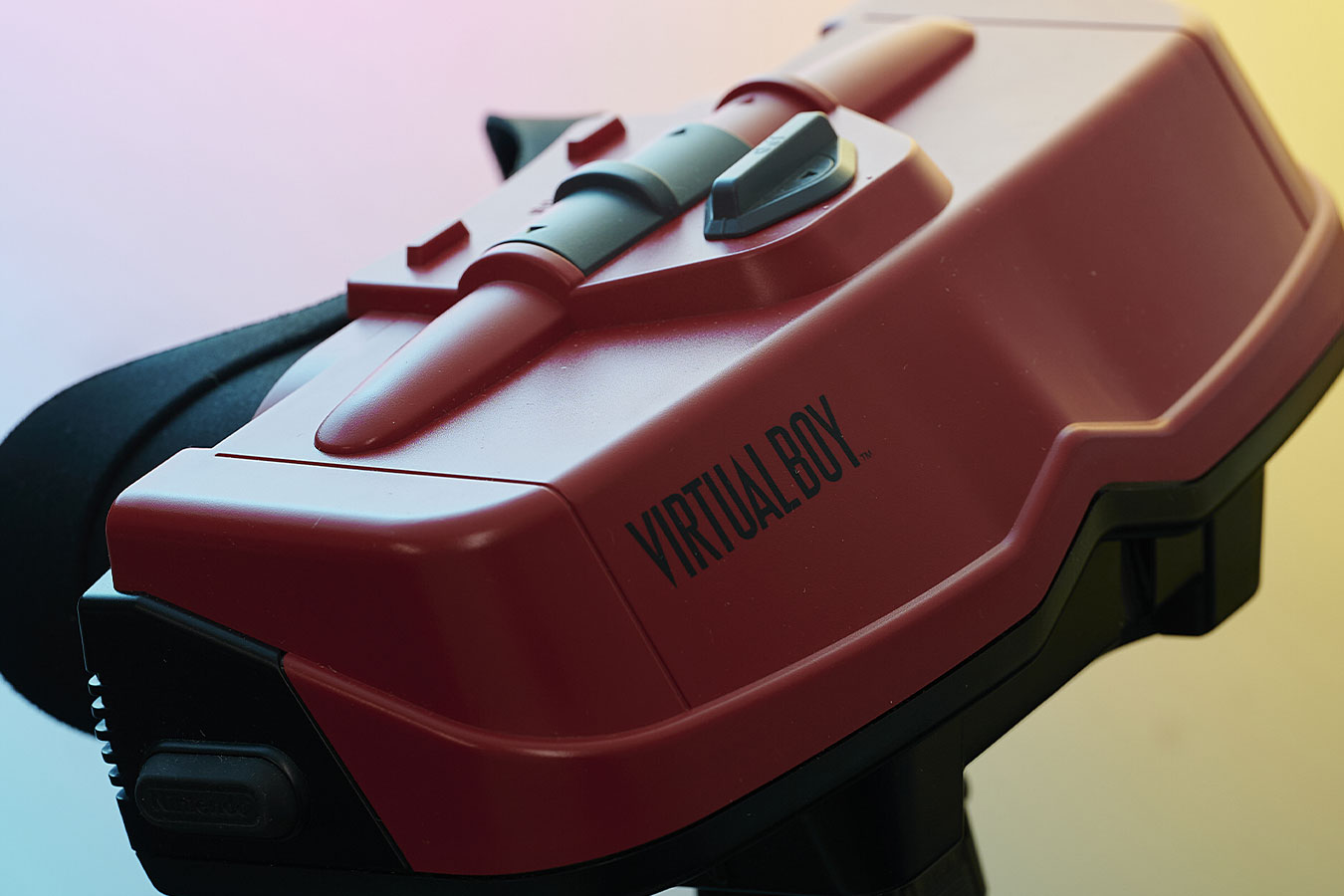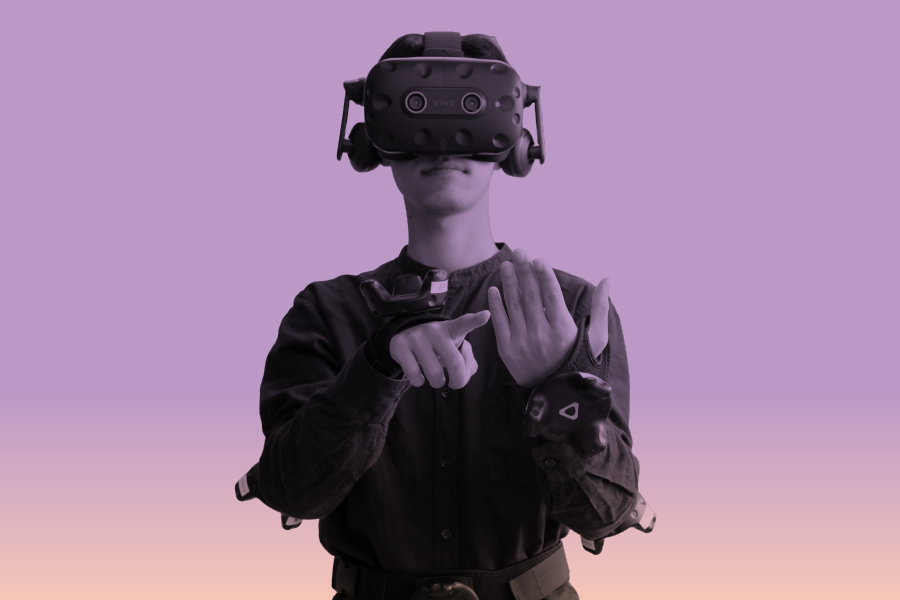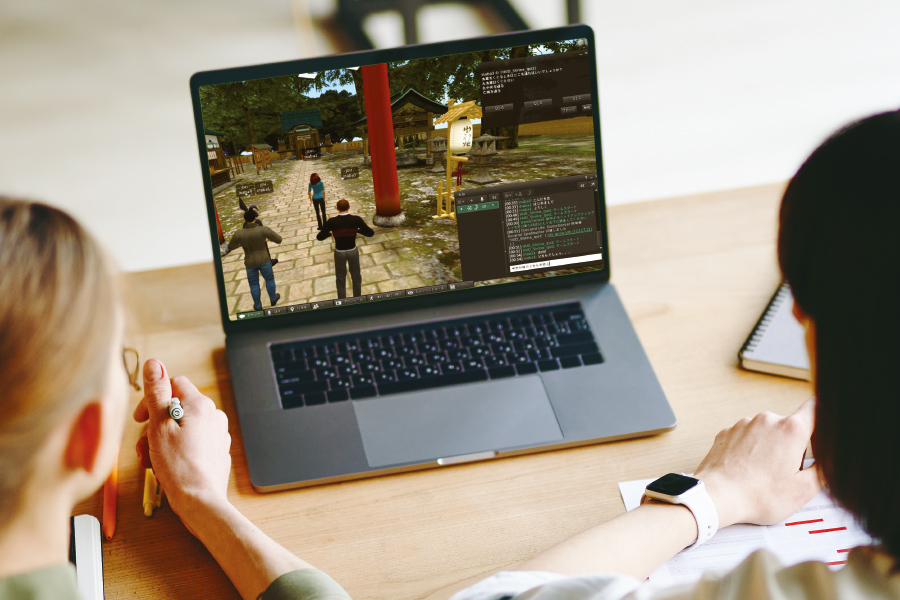SPECIAL FEATURE:Introductory dialogue
10th Anniversary of Ritsumeikan Center
for Game Studies Looking back
at the past and going forward
Koichi Hosoi, Ph.D.
Professor, College of Image Arts and Sciences
Shuji Watanabe
Professor, College of Image Arts and Sciences
Game - a creative industry that does not cause a trade friction
- You both are responsible for different aspects of the Ritsumeikan Center for Game Studies (RCGS): “archiving” and “nurturing creators” of games. Please tell us how you came across game research and education.
- HosoiMy specialty is business administration, and I got a job at Ritsumeikan University in 1994 when the College of Policy Science was established. With the release of SEGA SATURN by SEGA and PlayStation by SONY, it was the year that competition entered the world of home videogames, which had been dominated by Nintendo till then. In the years that followed, there was a growing awareness about game becoming a major industry. Hardware industries, such as automobiles, which had been Japan’s forte until then, put economic pressures on other countries and led to trade friction. But the growth of the game industry, without threatening other countries’' economies, was an unprecedented situation in Japanese industrial history and was received with surprise worldwide. In the midst of that trend, I realized the potential of the game industry as an object of business administration.
- WatanabeI have been teaching game production at the College of Image Arts and Sciences since 2007 after working in game planning and development for several companies. It had then been about 10 years since role-playing games with a lot of computer graphics became popular, and there were many students who grew up playing them. What I felt strongly from my interactions with them was that they were yearning to create games that were similar to those they had enjoyed themselves. How to make them think of original gameplay rather than imitating existing ones has been my challenge from the beginning.
- Professor Hosoi, you started your game research about 15 years before the establishment of RCGS.
- HosoiAt that time, few university researchers were interested in game as an industry. When I was anxious about what I could do first to begin my research, the university’s liaison office introduced me to Mr. Akimasa Yamashita (currently the Vice Governor of Kyoto Prefecture). This encounter was fortunate for our game research. Mr. Yamashita regarded games as a successful industry that emerged from Kyoto and a potential cultural bridge between Kyoto and the rest of the world. He suggested to me that if Ritsumeikan University was to engage in game-associated education and human resources development, Kyoto Prefecture would be willing to call on Nintendo to cooperate and support the initiative through industry-academia-government collaboration.
- And you met Professor Uemura soon after that, did you not?
- HosoiAlthough it took a while to negotiate with Nintendo, I visited the company several times with Mr. Yamashita, and finally got Mr. Masayuki Uemura interested in our proposal; he was then the Head of the Nintendo Research and Development 2. Mr. Uemura persuaded the company and the president that if the university would take care of materials for past games that Nintendo had never had the opportunity to organize, the company would cooperate in human resources development. That was how the Video Game Archive Project at Ritsumeikan University (Game Archive Project, GAP) in collaboration with Kyoto Prefecture, Nintendo, and Ritsumeikan University was launched.
Growing Game Research:
From "Unprecedented Research"
to "Research and Education for All"
- Did you focus on improving the archive for a while after its launch?
- Hosoi I did. I also organized materials for SEGA and SONY in addition to Nintendo. Since the launch of GAP, Mr. Uemura had also collaborated with us in what we call game studies and education, such as providing close guidance to our students and establishing a voluntary study group to learn the history and mechanism of “playing,” which is the essence of games. The Graduate School of Core Ethics and Frontier Sciences was established in 2003, and Professor Uemura, who retired from Nintendo, joined Ritsumeikan University as a full-time faculty member in the field of representation, which focuses on image art and culture of expression. Like with Professor Watanabe, who joined us later, welcoming Professor Uemura was a significant event that defined the course of our game studies, in the sense that it led to the addition of the “internal point of view” to the “external point of view,” which formed the original core of the study.
- WatanabeCompanies train game creators, but they do not dare to share their know-how. All we can teach is what we can perceive from corporate activities and what we, who changed our careers from creators to faculty members, have learned ourselves. Many creators think that in playing games, it is the players who discover and create what and how they should play, whereas students do not. Since the time of my joining the center I have seen that students have shown eagerness to create games similar to those they had played in the past. That's why we need to start from changing their mindset.
What should be emulated when designing a game is not the game of the past, but the movement of the human body and mind. When called out to “jump” during gameplay, many people press buttons with their thumbs instead of jumping themselves. The player’s body is not moving, and it is impossible in reality to be able to fly higher by pressing a button again, or to change the direction of a jump by kicking a wall. Still, the player perceives the act of pressing the button as “jumping.” How can this kind of synesthesia be developed? A question like this, for example, could be a topic for students to think about.
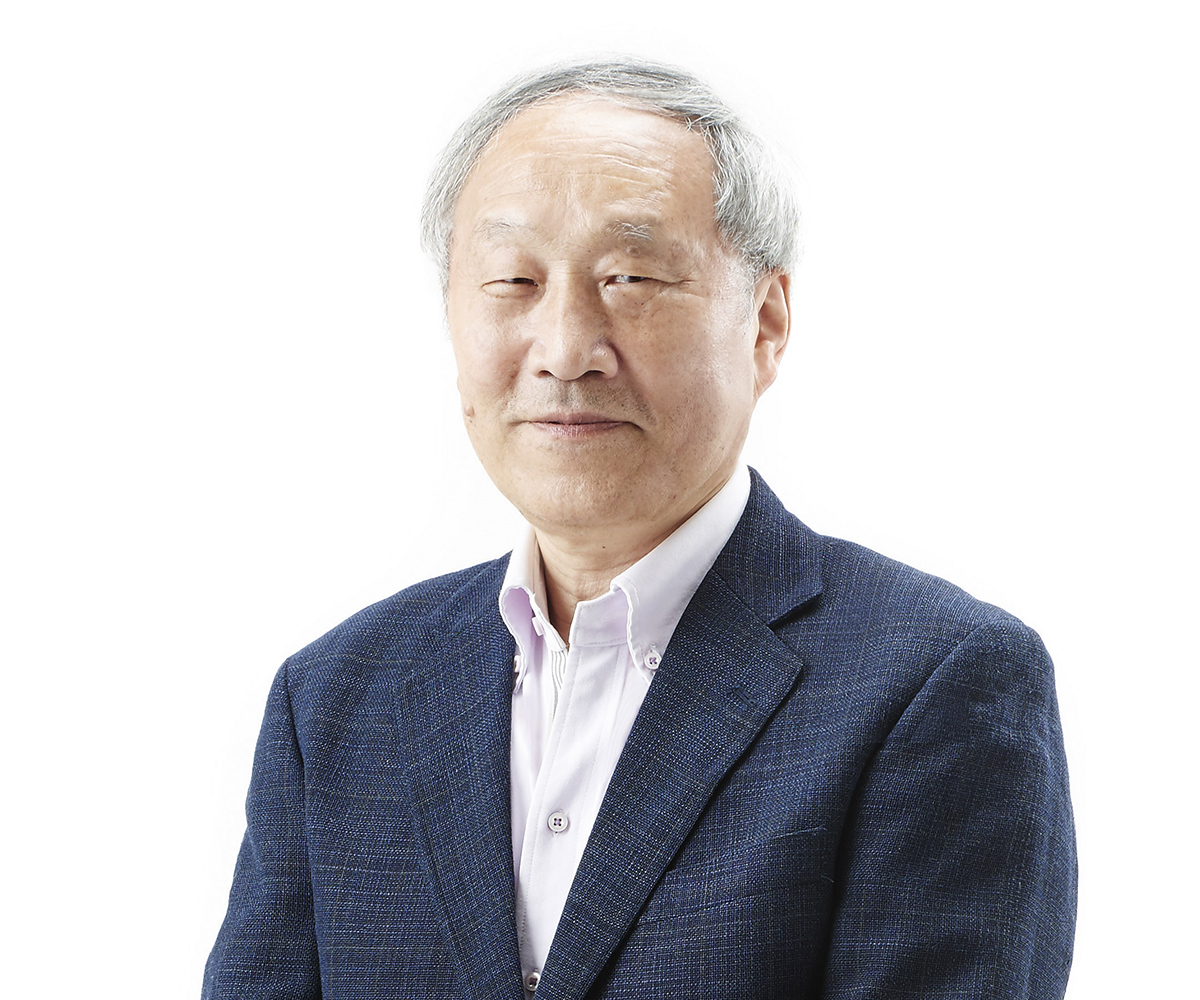
Masayuki Uemura
Born in Tokyo in 1943. Graduated from Department of Electronic Engineering (currently Department of Electrical and Electronic Engineering), Faculty of Engineering, Chiba Institute of Technology.
Worked for Nintendo and created a big hit as the head of NES development. Assigned as a specially-appointed professor at the Graduate School of Core Ethics and Frontier Sciences, Ritsumeikan University, after retiring from the company in 2004. Devoted himself to academic research on computer games and had also made efforts to nurture the next generation by holding a seminar on the theme of “Visualization of Playing” in the College of Image Arts and Sciences since 2009. Appointed as the first director of Ritsumeikan Center for Game Studies in 2011. Passed away in December 2021.
Literary work: “The Life and Times of the Nintendo Famicom” (Co-authored with Koichi Hosoi and Akinori Nakamura, 2013, NTT Publishing Co. Ltd.)
To the next decade in light of the changes in the relationships between games and society
- RCGS, established in April 2011, reached its 10-year milestone in March 2022, and an extension of another 10 years has been granted.
- HosoiWe came to feel the need for a cross-disciplinary research center that would also serve as a receptacle for early-career researchers. That is how RCGS was established because Ritsumeikan University’s game research has not been limited to the Graduate School of Core Ethics and Frontier Sciences or College of Image Arts and Sciences and has expanded beyond the Colleges and Graduate Schools and encompassed intellectual property, cognitive science, and AI. In the first decade since its establishment, RCGS has mainly focused on games themselves in response to the interests of its research staff; however, since the social significance and positioning of games have changed since the mid-2010s, I believe that we should engage in a new dimension of game research focusing on the relationship between games and society, and mutual relationships between humans built through games in the next decade.
- WatanabeGames are now “something for everyone” to a degree that was unimaginable in their early days. Game creators are among the top 5 most popular occupations for elementary, junior high, and high school students, and the bulk of game players are in their 40s and 50s. Partly because of its success as a business, many age groups are now involved in games.
- HosoiThe social impact of games has also become even more significant. For example, in 2019, WHO stated that gaming addiction is a health disorder, but there are various opinions among researchers about how to perceive and define it. In addition, we cannot ignore the metaverse (virtual space) that has expanded rapidly due to the COVID-19 pandemic. Meetings and business negotiations have transformed from in-person to virtual spaces, making online work a strong reality. The same can be said of our faculty work such as lectures and research. Having said that, it is not sufficient to have an office in a digital space and have your avatar do the work.
Our real society is full of ideas for people to live in shared physical spaces, such as on how to design nations, systems, and organizations, what kind of knowledge and education are essential to live there, how to build relationships, what kind of houses to live in, what kind of clothes to wear, and so forth. On the contrary, in an online environment where space and time can be designed in a variety of ways, it is necessary to reconsider human behavior and the state of society. The games that have been created so far have accumulated countless ideas to help people spend long hours in a satisfying manner in the new digital society. There is no other industry that can offer such a plethora of ideas varied in both quantity and quality to the society. - WatanabeMany students tend to turn their cameras off when talking with faculty members. However, if happiness in the digital world becomes more socially recognized, expressing oneself through videos and avatars will become one kind of creation. And while playing games, many people are already doing that. When thinking about happiness in the digital world, I believe that RCGS will continue playing a major role going forward.
Ritsumeikan Center for Game Studies
RCGS was established in April 2011 as the unique academic institution in the gaming field in Japan. It conducts specialized and comprehensive research on a wide range of games and plays, from traditional toys and playground equipment to games with the latest technology. Taking advantage of the strengths of a comprehensive university located in Kyoto, a cradle of Japanese games, the center aims to build a network with game research centers in Japan and overseas. In addition, to promote industry-academia-government collaboration, various researchers in humanities and social sciences, informatics, and arts are promoting the projects with the mission of playing active roles in bridging administrative and public organizations and game-associated companies and institutions.
❶ An example of search results displayed on screen of RCGS Collection search database
❷ ❺ Part of the collection that are carefully preserved in the Center warehouse under meticulously adjusted air-conditioning and humidity
❸ ❹ International conferences and bulletins that RCGS hosts or takes charge of
